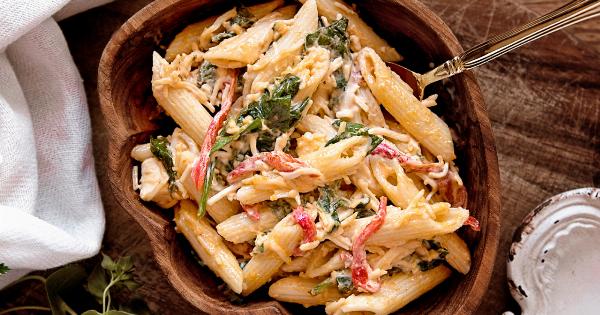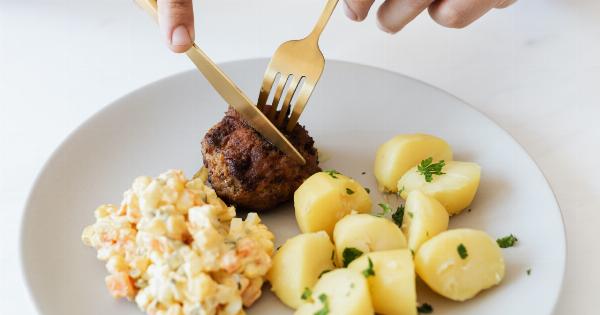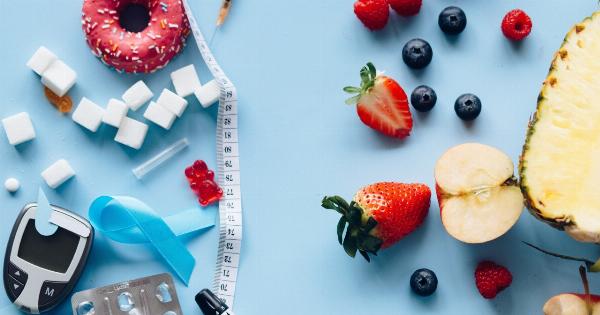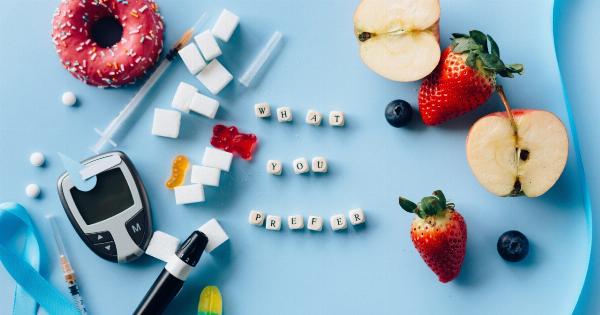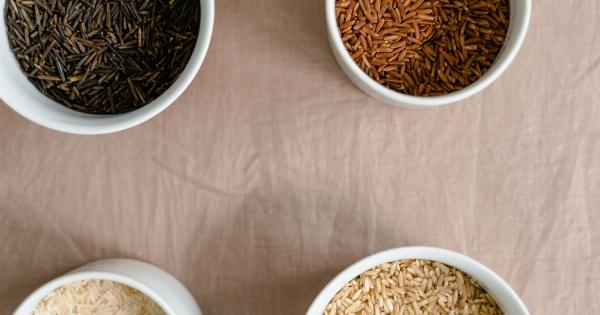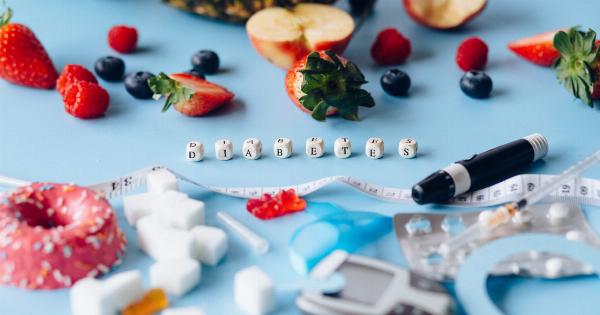Carbohydrates have been both praised and vilified over the years. As a primary energy source for the body, carbohydrates play a vital role in maintaining physical and mental health.
However, not all carbs are created equal, and some are more beneficial than others.
What are Carbohydrates and Why are They Important?
Carbohydrates are one of the three macronutrients (along with protein and fat) that provide energy to the body. Carbs are found in a variety of foods, including fruits, vegetables, grains, and dairy products.
Carbohydrates are broken down into glucose, which is used by cells for energy.
Carbohydrates are important for several reasons. They are the primary fuel source for the brain and nervous system. Carbs also play a role in building and repairing cells and tissues.
Additionally, carbohydrate-rich foods provide vitamins, minerals, and fiber, which are important for overall health.
Bread: The Good and the Bad
Bread is a staple food that has been consumed for thousands of years. There are endless varieties of bread, from white to whole-grain, sourdough to rye. While bread can be a healthy part of a balanced diet, some breads are more beneficial than others.
The good: Whole-grain breads are the healthiest option when it comes to bread. They are made from whole grains, which provide fiber, B vitamins, and minerals.
Whole-grain breads have a lower glycemic index than white bread, which means that they don’t cause a sudden spike in blood sugar levels. This can help regulate hunger and energy levels throughout the day.
The bad: White bread is the least healthy option when it comes to bread. It is made from refined flour, which has been stripped of the bran and germ, and therefore, most of the fiber and nutrients.
White bread has a high glycemic index and can cause a sudden spike in blood sugar levels, which can lead to cravings and overeating. In addition, many store-bought breads contain added sugars, preservatives, and additives.
Pasta: The Good and the Bad
Pasta is a popular food that is enjoyed all over the world. It is made from wheat flour, water, and sometimes eggs. Like bread, there are several varieties of pasta, including white, whole-grain, and gluten-free.
While pasta can be a healthy part of a balanced diet, some pastas are more beneficial than others.
The good: Whole-grain pasta is the healthiest option when it comes to pasta. It is made from whole grains, which provide fiber, vitamins, and minerals.
Whole-grain pasta has a lower glycemic index than white pasta, which means that it won’t cause a sudden spike in blood sugar levels. This can help regulate hunger and energy levels throughout the day.
The bad: White pasta is the least healthy option when it comes to pasta. It is made from refined flour, which has been stripped of the bran and germ, and therefore, most of the fiber and nutrients.
White pasta has a high glycemic index and can cause a sudden spike in blood sugar levels, which can lead to cravings and overeating. In addition, many store-bought pastas contain added sugars, preservatives, and additives.
Bread vs. Pasta: Which is Better?
When it comes to bread vs. pasta, there is no clear winner. Both can be a healthy part of a balanced diet when consumed in moderation and in the right forms.
Whole-grain bread and whole-grain pasta are the healthiest options when it comes to carbs. They provide fiber, vitamins, and minerals, and have a lower glycemic index than their white counterparts.
These carbs can help regulate hunger and energy levels throughout the day.
When choosing bread or pasta, it’s important to read labels and look for ingredients that are whole-grain and minimally processed. Avoid breads and pastas that are made with refined flour, added sugars, and artificial ingredients.
In Conclusion
Carbohydrates are an important part of a healthy diet, but not all carbs are created equal. When it comes to bread vs. pasta, whole-grain options are the healthiest choices.
Remember to read labels and look for ingredients that are whole-grain and minimally processed.
When consumed in moderation and as part of a balanced diet, bread and pasta can provide the body with important nutrients and sustained energy throughout the day.



